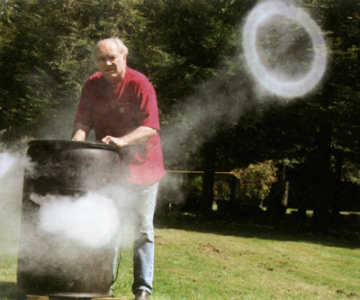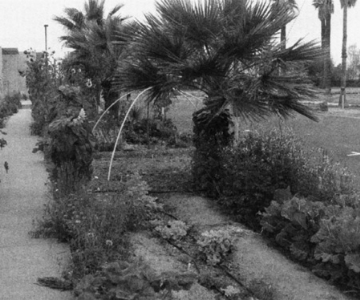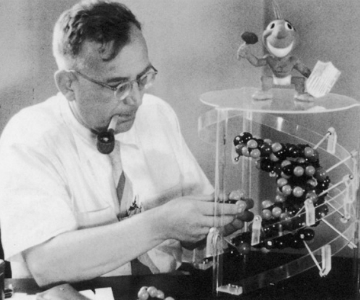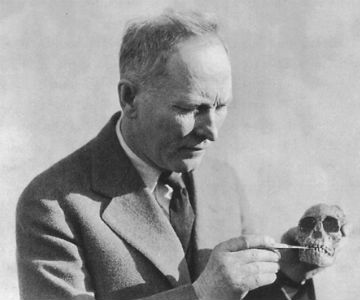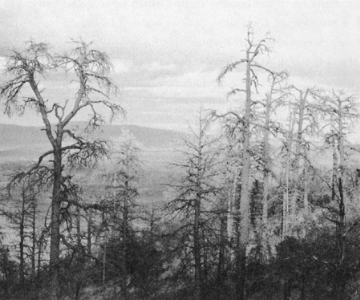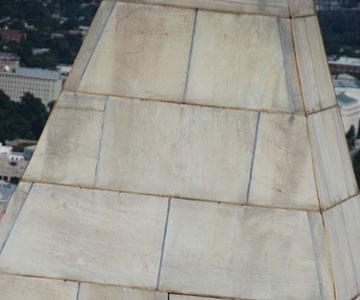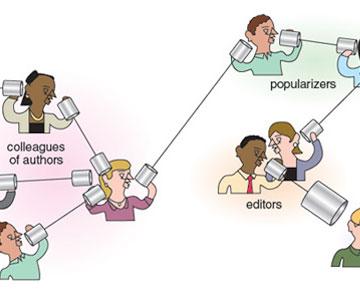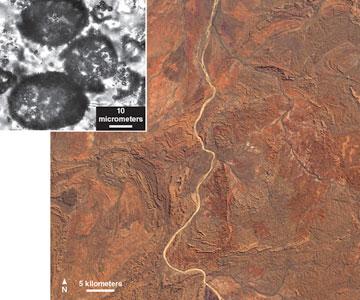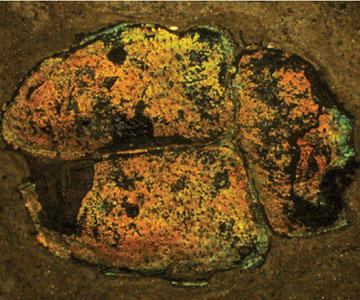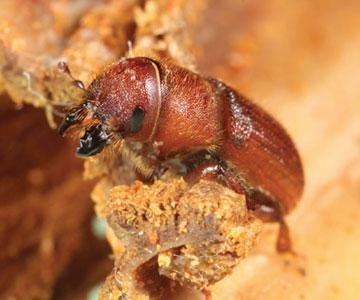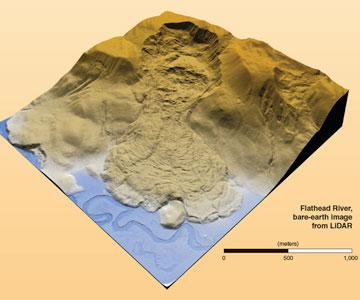Magazine
January-February 2012
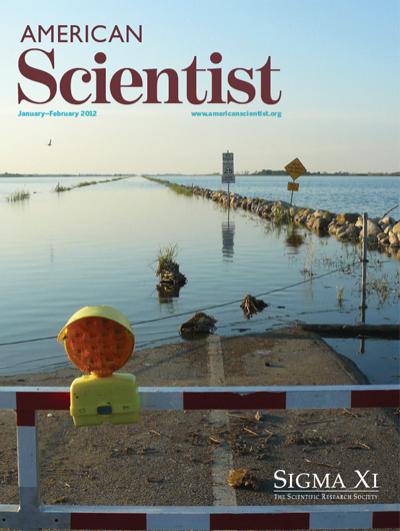
January-February 2012
Volume: 100 Number: 1
Brian Bender lives in Martin, North Dakota, about 45 miles from Devils Lake. One day last June he drove toward the expanding lake for a fishing outing. At the junction of what used to be Highways 19 and 281, he found the latter underwater and made this photograph. "I've driven that road many times in the past, so it was amazing to think how much the lake has risen to gobble up this highway," Bender says. "The peaceful look certainly belies all the turmoil that the rising water has caused." As Douglas W. Larson makes clear in "Runaway Devils Lake," flooding in the closed Devils Lake basin -- attributed to a shift in climate -- has been devastating, taking lives, homes, communities and farmland. And there is no easy fix on the horizon. Larson asks us not only to think about this environmental crisis, but to reflect on what it foretells for a world that soon may encounter more widespread climate change.
In This Issue
- Agriculture
- Biology
- Chemistry
- Communications
- Computer
- Economics
- Engineering
- Environment
- Ethics
- Evolution
- Mathematics
- Physics
- Policy
- Psychology
- Sociology
- Technology
Artificial Noses
David R. Walt, Shannon E. Stitzel, Matthew J. Aernecke
Biology Chemistry Technology
Electronic olfaction aims to mimic mammalian systems.
Runaway Devils Lake
Douglas Larson
Environment
In the wake of climate change, a North Dakota lake swells without regard for people or property and with no easy fix in sight.
The Experimental Analysis of Behavior
B. F. Skinner
Psychology
The 1957 American Scientist article, reproduced in full
Behaviorism at 100
Stephen F. Ledoux
Psychology
Over its second 50 years, the study of behavior evolved to become a discipline, behaviorology, independent of psychology.

